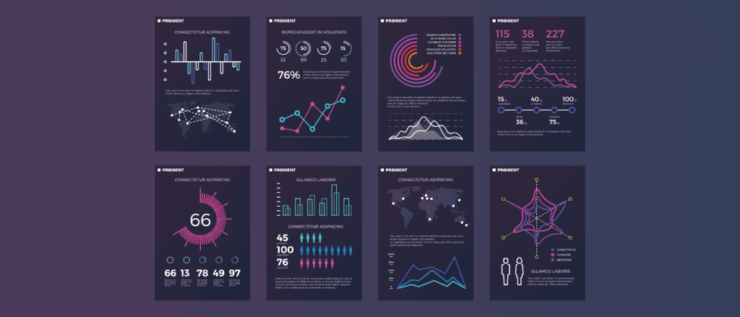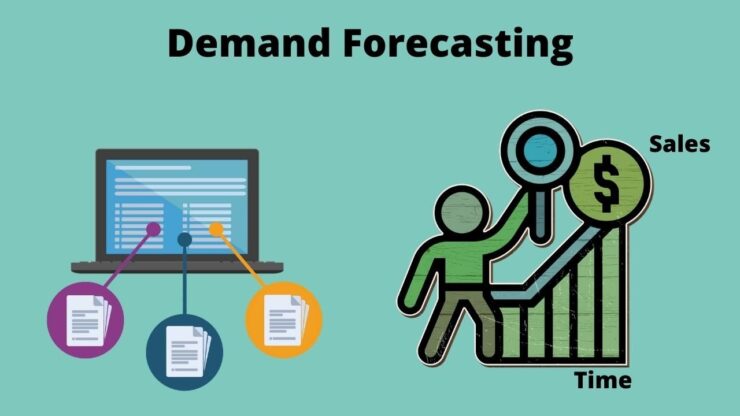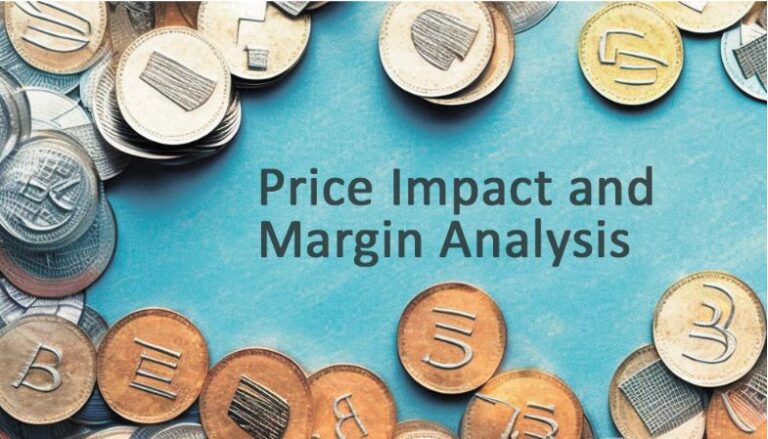In the dynamic world of pricing strategies, keeping a close eye on price changes and their impact is crucial for businesses. Understanding the reasons behind margin and discount variations and analyzing their effects on overall profitability is a key aspect of effective pricing management. In this guest post, we will explore the significance of follow-up price changes, delve into the analysis of margin and discount adjustments, and shed light on important metrics like price effect and margin index. While businesses can leverage advanced pricing software solutions for comprehensive price analysis, this article aims to provide valuable insights rather than promoting any specific service.
Follow-Up Price Changes and Price Impact

One of the essential elements of pricing management is monitoring and analyzing follow-up price changes. This involves tracking the adjustments made to product prices over time and understanding the impact of those changes on sales, revenue, and market positioning. By closely monitoring price fluctuations, businesses can gain valuable insights into consumer behavior, market trends, and competitive dynamics. This information helps them make informed pricing decisions to optimize profitability and maintain a competitive edge. Advanced pricing software solutions provide businesses with real-time data and analytics to effectively track and analyze price changes and their impact on business performance.
Analyzing Reasons for Margin and Discount Changes
Margin and discount adjustments play a significant role in pricing strategies. Analyzing the reasons behind these changes is crucial for businesses to understand their impact on profitability and overall pricing effectiveness. By examining the factors that drive margin and discount variations, businesses can identify areas for improvement and make informed decisions to optimize pricing structures. Factors such as changes in supplier costs, market demand, competition, and product performance can influence margin and discount adjustments. Utilizing pricing software solutions, businesses can access comprehensive analytics and reporting tools to analyze these factors and gain valuable insights into the reasons behind margin and discount changes.
Price Effect: Understanding the Impact on Revenue and Profitability
Price effect refers to the impact that changes in product prices have on revenue and profitability. It is essential for businesses to measure and understand the price effect to make informed pricing decisions. By analyzing the relationship between price changes and sales performance, businesses can determine the optimal price points that maximize revenue. Price effect analysis helps identify price thresholds, price elasticities, and demand patterns, allowing businesses to set prices that strike the right balance between competitiveness and profitability. Advanced pricing software solutions offer powerful algorithms and data analysis tools to measure price effects accurately and provide actionable insights for pricing optimization.
Margin Index: Evaluating Pricing Performance and Profitability:
The margin index is a key metric used to assess pricing performance and overall profitability. It measures the profitability of products or product categories by comparing the margin achieved to a predefined benchmark. By calculating the margin index, businesses can identify which products or categories are performing well and which ones may require adjustments. A high margin index indicates strong profitability, while a low margin index suggests potential areas for improvement. Leveraging pricing software solutions businesses can calculate and track margin indexes, enabling them to make data-driven decisions to enhance pricing strategies and maximize profitability.
Exploring Actionable Insights: Leveraging Data for Informed Decision-Making

In the fast-paced world of pricing management, businesses need to extract actionable insights from data to make informed decisions and drive growth. Pricing software solutions offer a range of features and functionalities that enable businesses to leverage data effectively for pricing optimization and strategy development.
Data Collection and Integration
Pricing software solutions gather and integrate data from various sources, including internal systems, competitors’ websites, and marketplaces. This comprehensive data collection allows businesses to have a holistic view of the market and their pricing landscape. By consolidating data in a centralized platform, businesses can easily access and analyze the information they need to make informed pricing decisions.
Data Analysis and Visualization

Pricing software tools provide robust data analysis capabilities, allowing businesses to uncover patterns, trends, and correlations in pricing data. With advanced analytics algorithms, businesses can perform in-depth analyses to identify pricing opportunities, detect outliers, and understand customer behavior. Visualizations such as charts, graphs, and heatmaps help users understand complex pricing dynamics and identify actionable insights.
Competitive Benchmarking
Pricing software solutions enable businesses to compare their prices with competitors, benchmarking against industry standards. By analyzing competitor pricing data, businesses can gain valuable insights into market trends and competitive positioning. This information helps businesses make strategic pricing decisions to stay competitive and capture market share.
Price Optimization
Advanced algorithms embedded in pricing software solutions analyze pricing data to recommend optimal price points. These recommendations consider factors such as market demand, competitor prices, and product profitability. By leveraging price optimization capabilities, businesses can maximize revenue and profitability while remaining competitive in the market.
Promotion Analysis
Pricing software tools evaluate the effectiveness of promotional activities by analyzing the impact on sales, revenue, and profit margins. This analysis helps businesses determine the most profitable promotional strategies and optimize future campaigns. By understanding the performance of promotions, businesses can allocate resources effectively and drive positive results.
Demand Forecasting

By analyzing historical sales data and market trends, pricing software solutions assist businesses in forecasting demand. Accurate demand forecasting enables businesses to align pricing strategies with expected market demand, avoiding inventory issues or missed sales opportunities. By anticipating demand fluctuations, businesses can optimize pricing to meet customer needs and capitalize on market opportunities.
Price Sensitivity Analysis
Pricing software solutions can measure price sensitivity by analyzing customer purchasing behavior and responses to different price points. This analysis helps businesses understand how changes in price affect customer demand and adjust pricing strategies accordingly. By identifying price thresholds and understanding price elasticity, businesses can optimize prices to maximize customer satisfaction and revenue.
Reports and Analytics
Pricing software solutions provide comprehensive reports and analytics capabilities. These reports offer detailed insights into pricing performance, market trends, competitor analysis, and customer behavior. By leveraging these reports, businesses can make data-driven decisions, identify areas for improvement, and refine their pricing strategies over time.
Conclusion
Follow-up price changes, margin analysis, price effect, and margin index are essential components of effective pricing management. By closely monitoring price fluctuations, analyzing margin and discount variations, and understanding the impact on revenue and profitability, businesses can make informed pricing decisions to optimize their performance in the market. While advanced pricing software solutions provide comprehensive tools and analytics for price analysis, it is crucial for businesses to leverage these insights strategically to drive pricing success. By harnessing the power of data and analytics, businesses can gain a competitive edge, enhance pricing strategies, and achieve sustainable profitability in today’s dynamic business landscape.
Related Posts:
- 20 Best Gaming Headset Under 50$ 2024 - for PC, PS4,…
- 12 Best Car Wax For Black Cars 2024 - Protection and…
- 15 Best Dog Food For Allergies 2024 - Adult, Puppy…
- Top 16 Best Office Chair Covers 2024 - Chair…
- 15 Best Shoes for Walking on Concrete 2024 - Soft &…
- Top 10 Best Office Chair Under 100 2024 - Cheap,…







